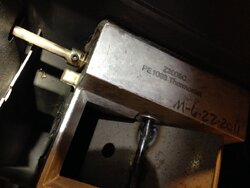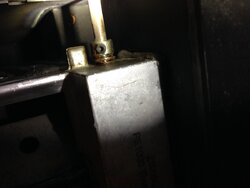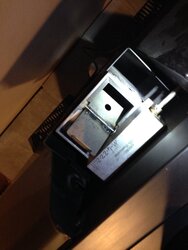What is the cost difference these days?
Dollar difference seems insignificant, for Condar stuff it would be 30 bucks. If I go with another ceramic it will be from firecat. I haven't priced an OE steel yet. Mine has some cracks but has held up well so I'm not too worried about thermo shock issues. My gut tells me to stay with the ceramic but can't shake my curiosity of the steel. This weekend maybe I'll have clear skies so I can watch the chimney to see how long it's taking to clean up after loading. The winter gray skies in MI make for a terrible background!








 like you said they rattle something fierce.
like you said they rattle something fierce.